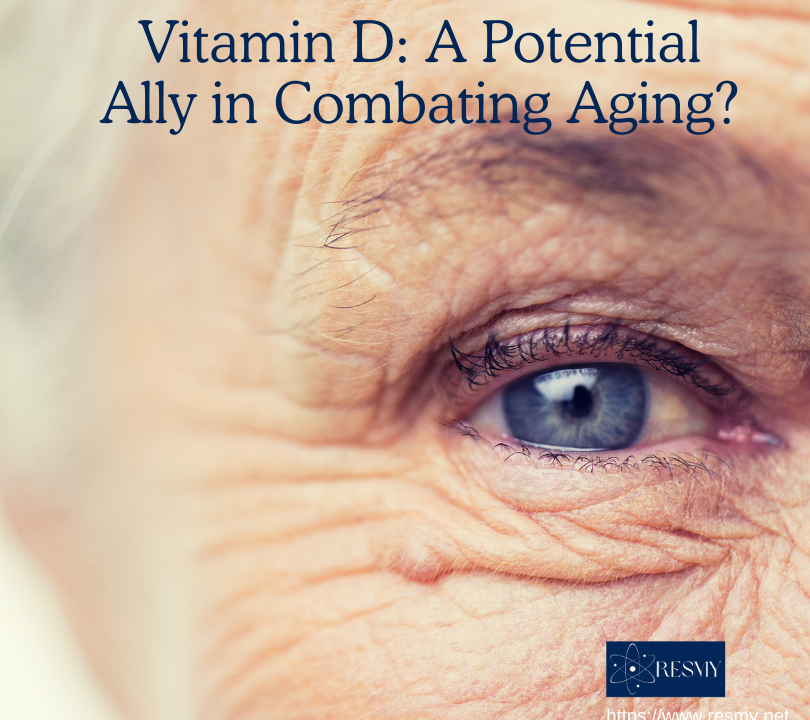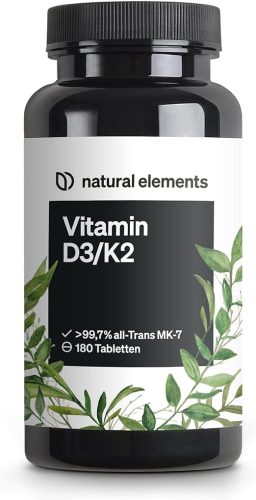Aging is a complex process marked by declining organ function and an increased risk of chronic diseases. Scientists have identified twelve biological hallmarks of aging, which are interconnected pathways that contribute to cellular and molecular damage. This damage can ultimately lead to age-related diseases.
Vitamin D, long known for its role in bone health, is gaining attention for its potential to influence these hallmarks and promote healthy aging. This article explores the current research on vitamin D’s impact on aging and how it might be used to improve longevity.
Understanding the Hallmarks of Aging
The hallmarks of aging are a set of interconnected biological mechanisms, including:
- Genomic instability: Damage to DNA, the genetic blueprint of cells.
- Telomere attrition: The shortening of telomeres, protective caps on chromosomes.
- Epigenetic alterations: Changes in gene expression that don’t involve alterations in the DNA sequence itself.
- Loss of proteostasis: The inability to maintain protein quality control.
- Deregulated nutrient sensing: Disruptions in how cells sense and respond to nutrients.
- Mitochondrial dysfunction: Impaired function of mitochondria, the cell’s powerhouses.
- Cellular senescence: A state of cell arrest that can contribute to tissue aging.
- Stem cell exhaustion: The decline in the ability of stem cells to self-renew and repair tissues.
- Altered intercellular communication: Disruptions in how cells communicate with each other.
- Chronic inflammation: Low-grade inflammation throughout the body.
- Dysbiosis: Imbalances in the gut microbiome.
These hallmarks interact with each other, and understanding these interactions is crucial for developing interventions to slow aging and prevent age-related diseases.
Vitamin D’s Potential to Modulate Aging
Vitamin D deficiency is more common in older adults and can be caused by reduced sun exposure, decreased dietary intake, and impaired absorption. Research suggests that vitamin D may influence several hallmarks of aging through various mechanisms:
- Genomic stability: Some studies suggest vitamin D may contribute to DNA repair mechanisms.
- Epigenetics: Vitamin D may influence gene expression patterns.
- Cellular senescence: Evidence suggests vitamin D might play a role in regulating cellular senescence.
- Chronic inflammation: Vitamin D may have anti-inflammatory properties.
- Dysbiosis: Vitamin D supplementation might help restore a healthy gut microbiome.
Limitations and the Need for Further Research
While the research on vitamin D and aging is promising, there are limitations:
- Most studies have focused on individual hallmarks, not the interconnected picture.
- Human studies are limited, with many focusing on specific populations or single hallmarks.
- The optimal dosage and timing of vitamin D supplementation for modulating aging remain unclear.
The Road Ahead
Despite these limitations, the potential of vitamin D to influence aging is a cause for excitement. Future research should focus on:
- Longitudinal studies: These studies follow participants over time to better understand the long-term effects of vitamin D on aging.
- Multi-target interventions: Research should explore how vitamin D interacts with other interventions targeting the hallmarks of aging.
- Homogenous cohorts: Studies with well-defined participant groups are needed to draw clearer conclusions.
Current Recommendations
While large-scale trials on vitamin D and aging are ongoing, maintaining sufficient vitamin D levels is crucial for overall health, especially for bone health in older adults. Here are some key points:
- Aim to prevent vitamin D deficiency at all ages.
- Seniors with a history of falls or living in long-term care facilities may benefit from supplementation.
- Adults and older adults at high risk for fractures may also benefit from maintaining optimal vitamin D levels.
Vitamin D supplementation is a safe and readily available strategy. However, it’s important to consult with a doctor before starting supplementation to determine the appropriate dosage.
This review concludes that vitamin D shows promise as a potential modulator of aging through its influence on several hallmarks of aging. While more research is needed, maintaining sufficient vitamin D levels is a simple step towards promoting overall health and potentially healthy aging.
Other Topics: Medicine and Health Science, Natural Science, Agricultural Science, Engineering & Technology, Social Sciences & Humanities


